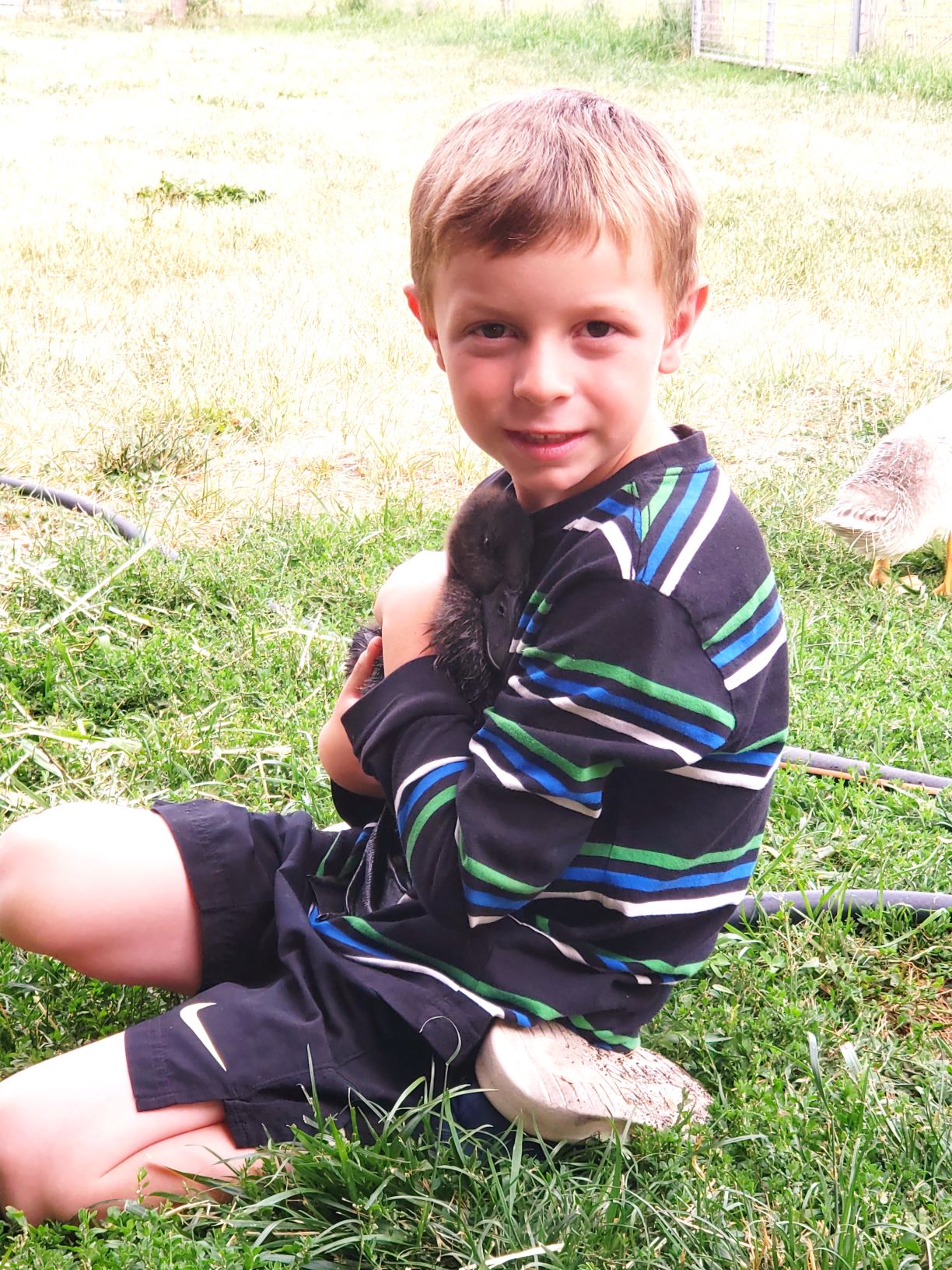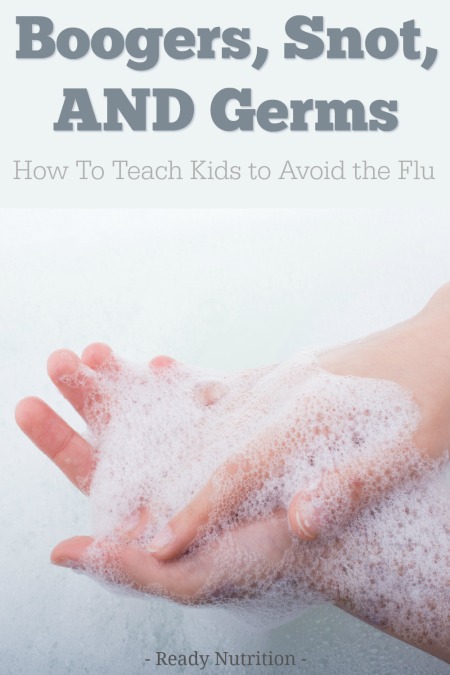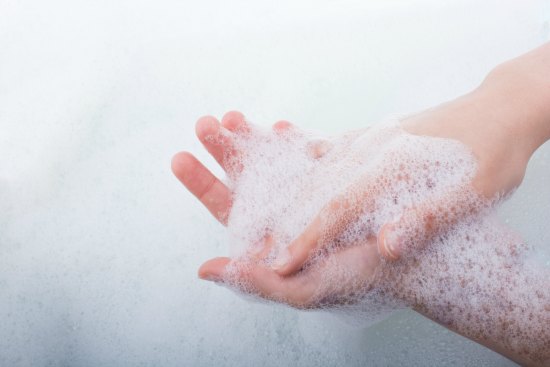It’s almost impossible to avoid the flu virus. Added to the fear of this year’s flu concerns is the dreaded COVID-19 virus. With that at the forefront of our minds, it is more important than ever to teach children healthy habits about avoiding the flu and other viruses that can make them and others sick.
We’ve all heard at least something about this horrible flu season and the coronavirus’ rapid spread since the end of last year. But what is often left out, is how to fortify yourself and teach your children how to prevent the spread of germs.
Some Helpful Facts About the Flu
-
- Flu viruses capable of being transferred to hands and causing an infection can survive on hard surfaces for 24 hours. Infectious flu viruses can survive on tissues for only 15 minutes. Like cold viruses, infectious flu viruses survive for much shorter periods on the hands.
- Hard surfaces that are frequently touched are more likely to have the flu virus on them. Surfaces such as doorknobs, remote controls, gaming controllers, tablets, cell phones, countertops, tables, etc.
- Avoid touching your face during cold and flu season. We all know that we touch our faces constantly and kids do it even more. Being conscious of this and trying to avoid doing it during the flu season can cut down virus transmission significantly.
- You may be able to spread flu to someone else before you know you are sick, as well as while you are sick. According to the CDC, people with flu are most contagious in the first 3-4 days after their illness begins. Some otherwise healthy adults may be able to infect others beginning 1 day before symptoms develop and up to 5 to 7 days after becoming sick. Some people, especially young children and people with weakened immune systems might be able to infect others for an even longer time.
Kids are little Petri Dishes
They cough, sneeze and wipe their noses on anything they can get their hands on. Not because they are trying to make others sick, but because they are kids. There are some ways though, that we can talk to our kids to help them understand why their actions may be spreading germs that will make others sick.
Children under age 6 get up to eight colds a year, on average. That accounts for a lot of germs spreading to other kids and their families. Teaching the importance of teaching good habits like washing hands after you cough or sneeze, after using the toilet, when you return from playing outside may take a lot of reminders and extra patience. Remember, kids, don’t naturally know that a sneeze could make grandma sick. Most kids are also not that great at remembering to wash their hands after shaking hands with other people, before and after you eat, and after you touch animals, including your pet!
 For example, our son’s chore is to check for duck eggs in the duck house every morning. He remembers to do this chore diligently! He often plays with the ducks and handles them in the process too. However, I still have to remind him at least four times a week to wash his hands with soapy water after putting the eggs in the refrigerator. He always does, and says he “just forgets that part!” He probably isn’t the only kid who forgets simple things like this either. While some exposure to germs can boost the immune system, salmonella is one I’d like him to avoid.
For example, our son’s chore is to check for duck eggs in the duck house every morning. He remembers to do this chore diligently! He often plays with the ducks and handles them in the process too. However, I still have to remind him at least four times a week to wash his hands with soapy water after putting the eggs in the refrigerator. He always does, and says he “just forgets that part!” He probably isn’t the only kid who forgets simple things like this either. While some exposure to germs can boost the immune system, salmonella is one I’d like him to avoid.
5 Non-Scary & Fun Tips To Teach Your Kids About Germs
■ Germs can make you sick. People can pass colds and the flu through germs.
■ Germs are everywhere. They are so small that you cannot see them without a microscope.
■ Cover your mouth and nose with a tissue when you cough or sneeze so you don’t pass germs on to others. Throw the tissue in the trash after you use it.
■ Wash your hands the right way to get rid of germs and lower the chance of spreading germs. Wash your hands often with soap and water, especially after you cough or sneeze. Use alcohol-based hand rubs or wipes when soap and water are not available.
■ Don’t touch your eyes, nose, or mouth until your hands are clean because germs spread that way. Keeping your hands clean is one of the best ways to keep from getting sick and spreading illness.
As a parent, you should help teach children the right way to wash their hands and use soap.
- Demonstrating the proper ways to wash hands or use hand sanitizer is also a great way to teach younger children how they need to properly keep their hands clean to avoid the flu. A fun way to do this is by letting your child choose their hand sanitizer scent and the little animal carrier to attach it to their backpack. My kids don’t go to school without chapstick and hand sanitizer. It can get annoying to constantly replace these things as they lose them, but kids often like to use things if it belongs to them. Give them ownership of their hand sanitizer and that will ensure they will use it. My daughter even keeps one on her cheerleading bag and I’ve noticed other girls will ask to use it!
Additional Reading:
Disinfect the Air in Your Home with These Natural Purification Strategies
The Prepper’s Blueprint: The Step-By-Step Guide To Help You Through Any Disaster
The Flu Fighting Arsenal: 5 Natural Must-Haves to Stop the Flu

This article was originally published at Ready Nutrition™ on February 20th, 2020







